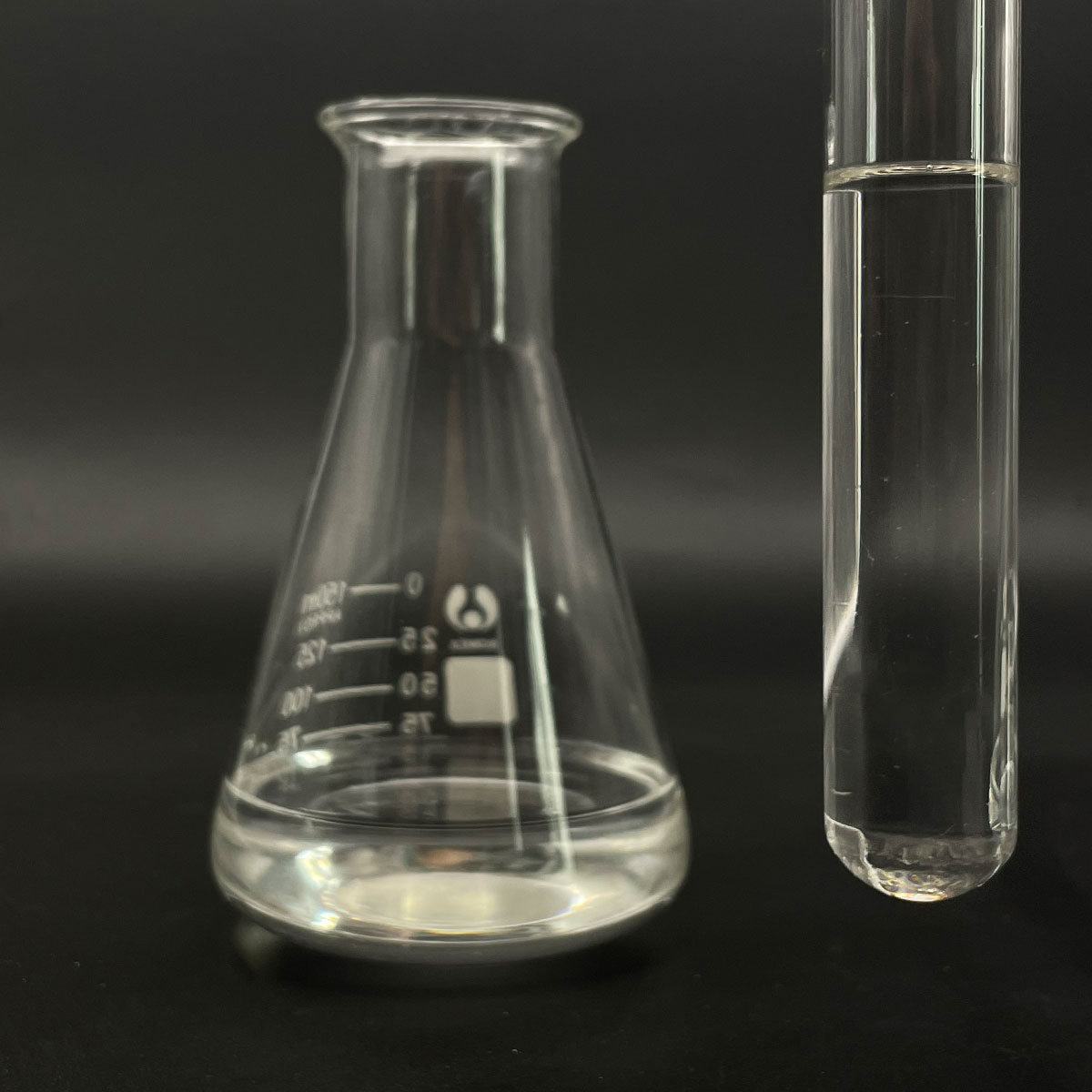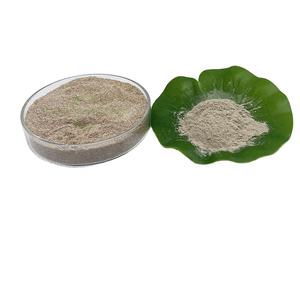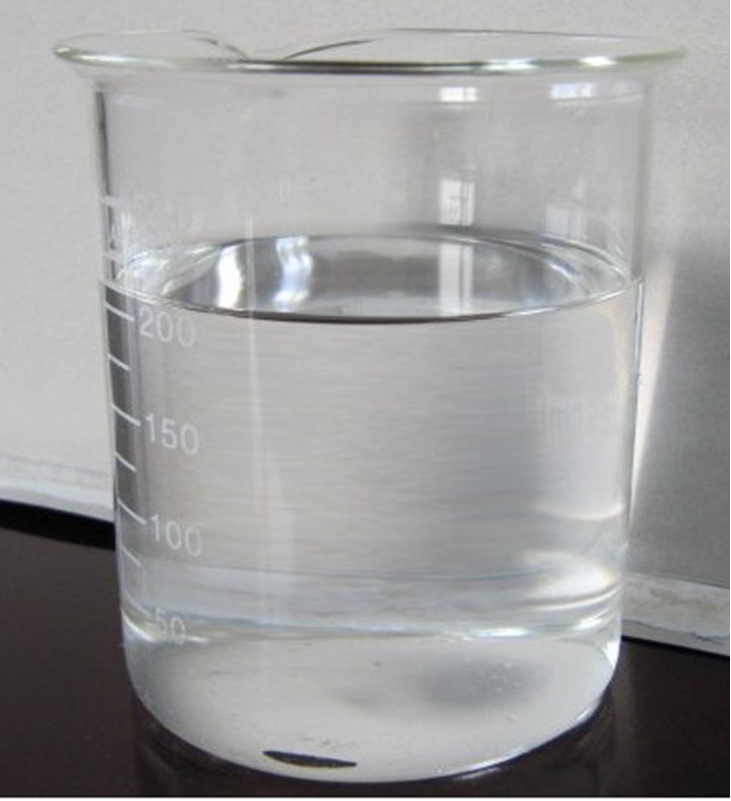1. Introduction
In the past 48 hours, agricultural researchers at the University of California, Davis, published a field trial showing that adding sodium lauryl sulfate to glyphosate-based herbicides significantly improved weed control in drought-stressed crops—a timely innovation as climate change intensifies water scarcity in farming regions. This breakthrough underscores a growing trend: leveraging common surfactants like sodium lauryl sulfate for highly specialized, niche applications far beyond the bathroom shelf.

Most consumers recognize sodium lauryl sulfate (also known as sodium dodecyl sulfate or SLS) from toothpaste and shampoos, where it creates that satisfying lather. But in scientific and industrial circles, SLS is prized for its powerful anionic surfactant properties—its ability to reduce surface tension, emulsify oils, and disperse particles. These traits make it invaluable in unexpected domains, from precision agriculture to nanotechnology.
2. Sodium Lauryl Sulfate as a Surfactant for Herbicides
One of the most impactful niche uses of SLS is in agrochemical formulations. When mixed with weed killers like glyphosate, sodium lauryl sulfate acts as a wetting agent for grass and other hard-to-penetrate plant surfaces. It helps the herbicide spread evenly and stick to waxy leaves, dramatically improving absorption.
Farmers often combine SLS with other surfactants like methylated seed oil or non-ionic surfactants such as polysorbate 80 or ethoxylated alcohols to create synergistic blends. These mixtures outperform single-surfactant solutions, especially in dry or dusty conditions. Products labeled as ‘lawn wetting agent’ or ‘surfactant for weed killer’ frequently list sls sodium lauryl sulfate as a key ingredient due to its cost-effectiveness and reliability.
3. Enabling Nanoparticle Synthesis in Materials Science

In cutting-edge labs, sodium lauryl sulfate serves as a stabilizing agent during the synthesis of metal nanoparticles. For instance, researchers use SLS to control the size and dispersion of copper 1 bromide or silver nanoparticles by forming micelles that prevent agglomeration.
Compared to cationic surfactants like cetyl trimethyl ammonium bromide (CTAB) or amphoteric types such as cocamidopropyl betaine (also called coco betaine or amidopropyl betaine), SLS offers a strong anionic charge that’s ideal for certain reaction environments. Its compatibility with water-based systems makes it preferable over fluoro surfactants or bio surfactants when precise electrostatic control is needed.
4. Role in Enhanced Oil Recovery (EOR)
The oil and gas industry employs sodium lauryl sulfate in chemical flooding techniques to extract residual oil from depleted reservoirs. Here, SLS reduces interfacial tension between oil and water, allowing trapped crude to flow more freely toward extraction wells.
While lignin sulfonate and sodium dodecylbenzene sulfonate are also common in EOR, SLS is favored in specific low-salinity reservoirs due to its high solubility and foaming characteristics. It’s often blended with nonionic surfactants like Pluronic 127 (poloxamer 188) or Span80 to fine-tune performance under extreme temperatures and pressures.

5. Laboratory Applications in Protein and DNA Research
Sodium dodecyl sulfate—another name for sodium lauryl sulfate—is a cornerstone of SDS-PAGE, a technique used to separate proteins by molecular weight. The anionic nature of SLS denatures proteins and imparts a uniform negative charge, enabling accurate electrophoretic analysis.
In DNA extraction protocols, SLS helps lyse cell membranes and solubilize lipids. It’s sometimes substituted with milder alternatives like sodium lauroyl sarcosinate or sodium cocoyl isethionate when preserving protein function is critical. However, for robust, high-yield extractions, sls sodium remains a go-to reagent available from suppliers like Rohit Surfactants Private Limited.
6. Formulation Synergies with Modern Surfactant Blends
Today’s advanced formulations rarely rely on SLS alone. Instead, it’s combined with complementary surfactants to balance performance, mildness, and environmental impact. For example, shampoos may blend sodium lauryl sulfate with sodium laureth sulfate (also called sodium lauryl ether sulfate or sodium lauryl ether sulphate) and amphoteric cocamidopropyl to reduce irritation.
- Anionic surfactants like SLS provide strong cleansing and foaming.
- Non-ionic surfactants such as decyl glucoside, coco glucoside, or alkyl polyglucoside offer mildness and biodegradability.
- Amphoteric types like coco amido propyl betaine enhance foam stability and skin compatibility.
Even in industrial contexts, these principles apply. A herbicide might pair SLS with ammonium lauryl sulfate or sodium coco sulfate to optimize leaf adhesion without phytotoxicity. Understanding the meaning of surfactant—surface-active agent—and the differences between anionic, cationic, non-ionic, and amphoteric types is key to designing effective blends.
7. Conclusion
Sodium lauryl sulfate is far more than just a lathering agent in your morning shower gel. From boosting herbicide efficacy in drought-hit fields to enabling breakthroughs in nanotechnology and molecular biology, this versatile anionic surfactant continues to prove its worth in highly specialized applications. As researchers seek sustainable, efficient solutions across industries, SLS—and its chemical cousins like sodium laureth, lauroyl sarcosinate, and bio surfactants—will remain indispensable tools in the formulation scientist’s arsenal. Whether you’re buying sodium lauryl sulfate for sale for lab use or formulating a next-gen agrochemical, its power lies not in ubiquity, but in precision.
Our Website founded on October 17, 2012, is a high-tech enterprise committed to the research and development, production, processing, sales and technical services of ceramic relative materials such as 5. Our products includes but not limited to Boron Carbide Ceramic Products, Boron Nitride Ceramic Products, Silicon Carbide Ceramic Products, Silicon Nitride Ceramic Products, Zirconium Dioxide Ceramic Products, etc. If you are interested, please feel free to contact us.


